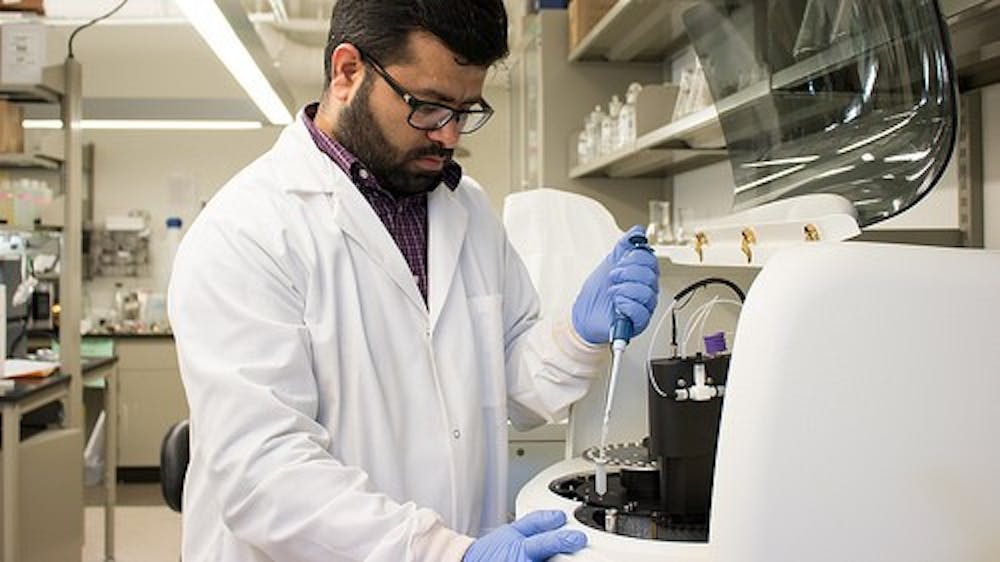Auburn University’s College of Agriculture, in conjunction with other schools around the nation, will conduct a study to ensure that poultry litter does not pollute surface waters with excessive amounts of phosphorous.
The three-year study is being performed to combat the 1.8 million tons of waste produced annually in Alabama from its $15 billion poultry industry.
Phosphorous-rich poultry litter is a big concern in Alabama and other states where the litter is used to fertilize fields. If the nutrient leaks into waterways, it can cause toxic algae blooms which can lead to deficient oxygen levels and destruction of life in the water.
Previous research has shown that most of the phosphorous is carried beneath the soil in the Sand Mountain area of North Alabama. In some areas, the phosphorous levels were four times higher than the optimal level researchers said.
The study will look at the Sand Mountain region of North Alabama and a row-crop field in Wisconsin, two large agro-ecosystems that are currently having issues with managing their phosphorous levels.
The concentration of phosphorous is because of the high costs associated with transporting the litter away from the farm. To avoid the costs, farmers often apply litter repeatedly in the same place which creates the abundance of phosphorous, said Jasmeet Lamba, assistant professor in the College of Agriculture’s department of biosystems engineering and lead investigator for the study.
“We want to improve our knowledge of fundamental processes controlling the fate and transport of phosphorous in soils, especially colloidal phosphorous or phosphorous attached to very small particles,” Lamba said. “Then we can develop appropriate nutrient management strategies, decision support tools and models.”
The University of Wisconsin-Madison is also taking part in the study to combat its own state’s phosphorous issue. While the problem Wisconsin is having is similar to Alabama's, but Wisconsin is concerned about the dairy industry, not the poultry industry like Alabama.
“Farmers apply dairy manure on row-crop fields in Wisconsin in much the same way litter is applied in Alabama,” Lamba said.
The $43 billion dairy industry produces 8.7 billion gallons of manure annually. Manure production is beginning to exceed the capacity of the land base which is brining about damages in surface water, ground water and air quality.
Once data is collected from the two agro-ecosystems, researchers at the University of California Riverside will develop a new version of the HYDRUS model, a commonly used software model that can simulate water and contaminant transport processes through soil.
The new model will look to specifically incorporate colloidal phosphorous.
The study is funded by a $415,765 grant from USDA-NIFA’s Agriculture and Food Research Initiative, the leading competitive grant’s program for agriculture sciences in the nation.
Other researchers who are a part of the study are Puneet Srivastava, director of the Water Resources Center at Auburn; K.G. Karthikeyan, University of Wisconsin-Madison; and Jirka Simunek, University of California Riverside.
Do you like this story? The Plainsman doesn't accept money from tuition or student fees, and we don't charge a subscription fee. But you can donate to support The Plainsman.





